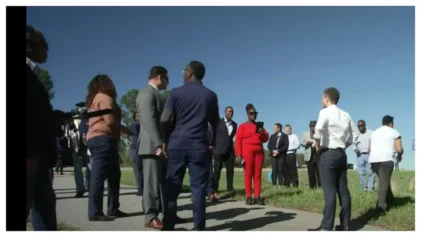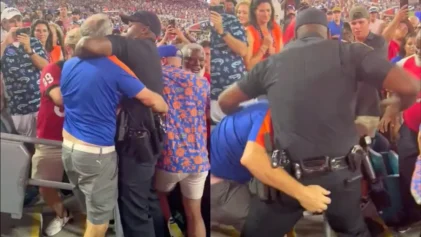Although legally segregation may not exist on the Internet, statistics show that segregation is prevalent in cyberspace. Here are seven things that you might not have known about it.
Self-Segregation Into Black Neighborhoods, White Neighborhoods?
Based on a study conducted by the Public Religion Research Institute, Daily Dot contributor Ben Branstetter states that “65 percent of blacks and 75 percent of whites admitted to having social networks entirely made up of members of their own race.”
Social networks are a lot like physical locations. Branstetter says, “Despite the Internet’s reputation as ‘the great equalizer,’ social networks develop ‘white neighborhoods’ and ‘black neighborhoods’ and for more reasons than self-segregation.”
Segregation on the Internet is not surprising because of the dynamics of racial inequality in physical spaces. Branstetter not only argues that online segregation speaks to racial inequality but that it is also “an important cause of a communication breakdown that worsens it.”
Black Twitter?
According to the Pew Research Center’s 2014 statistics, out of all Black Internet users 27 percent of them use Twitter, and out of all white Internet users 21 percent of them use Twitter. “While it might seem odd, race seems to be a major indicator in which social media sites you’ll use,” states Ben Branstetter. “While roughly equal percentages of blacks and whites use social media, divides become present when we look at which sites they’re using.”
Daily Dot states that in America 20 percent of Black Internet users participate on Instagram, while only 14 percent of their white counterparts use the photosharing network. Branstetter explains however “that both groups are equally likely to be Facebook users, although adoption of Facebook spread faster among white populations than it did in black populations.”



